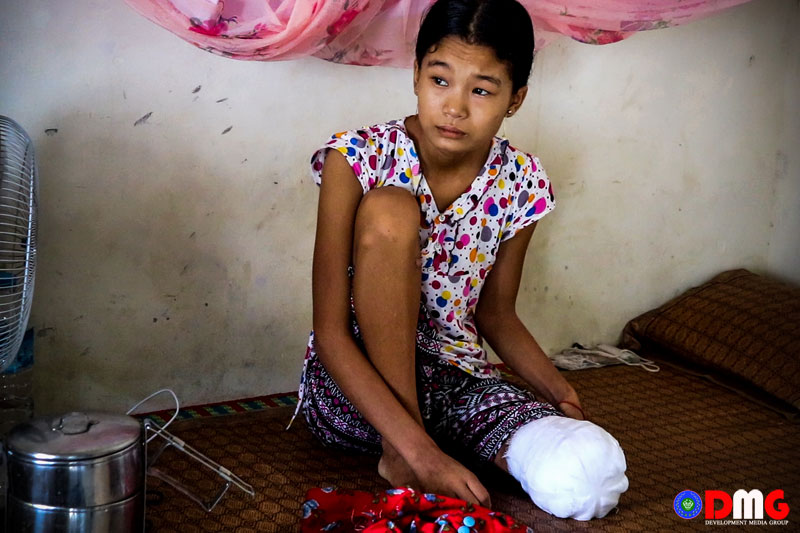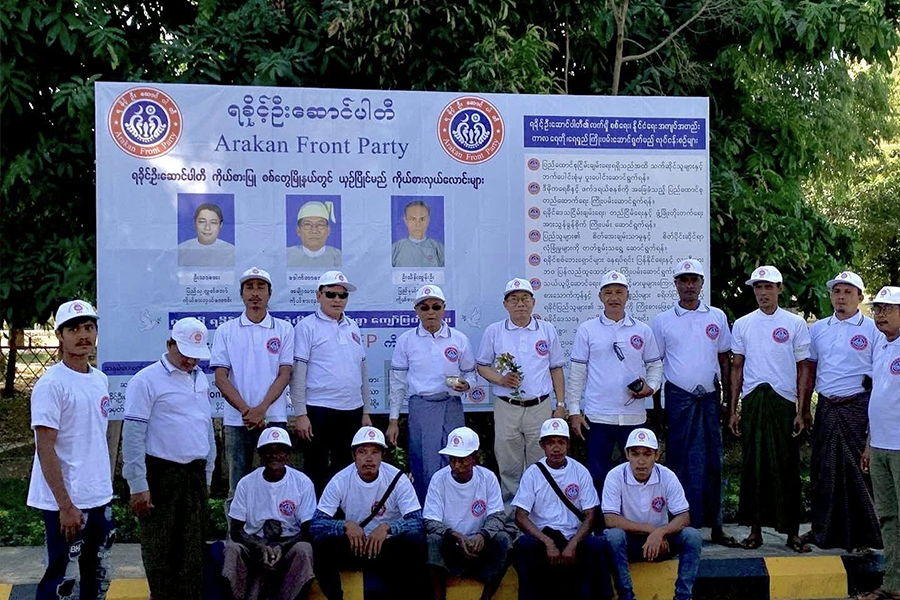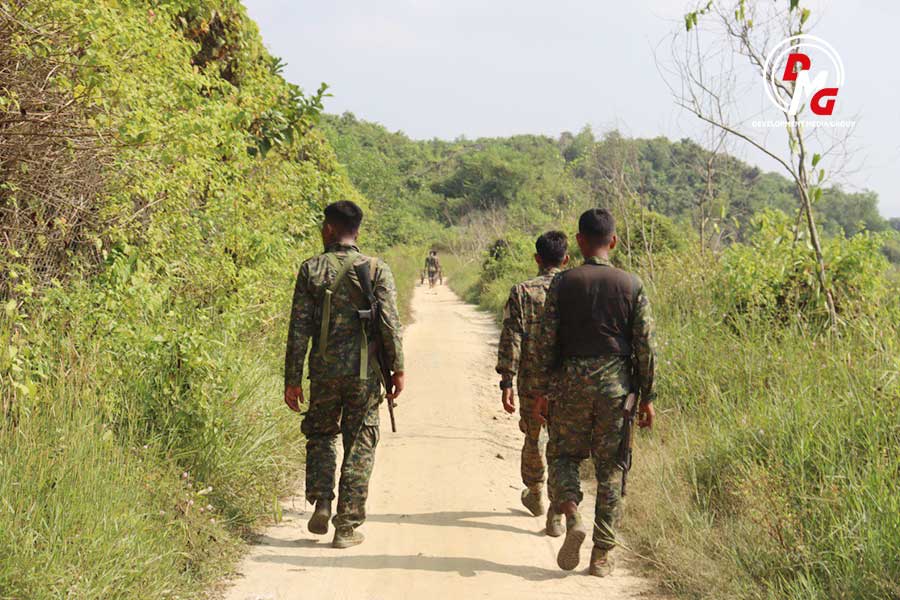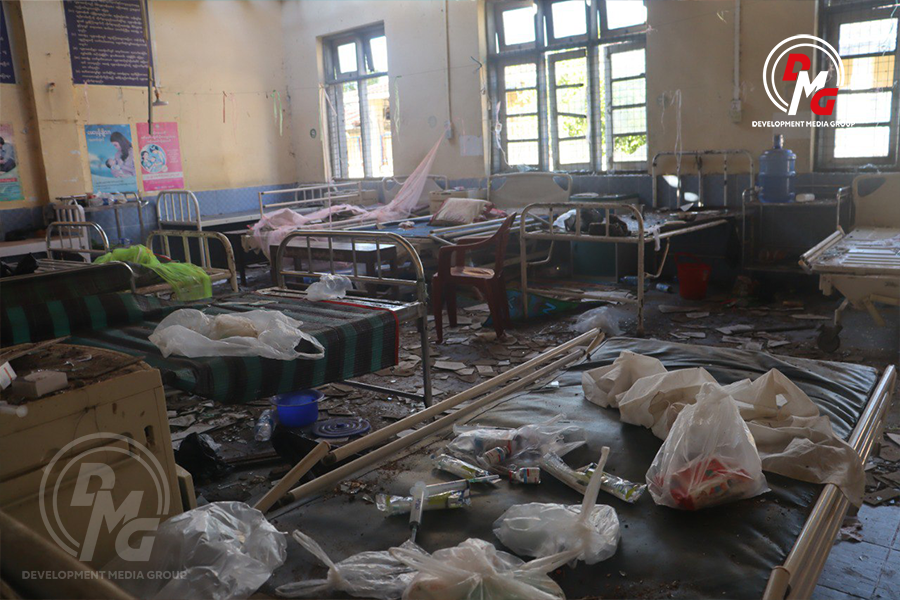- Junta unable to hold elections in dozens of wards and village-tracts in Sittwe, Kyaukphyu
- Fighting escalates between Myanmar military, Arakan Army in Ayeyarwady Region
- Regime steps up civilian arrests in Sittwe
- ULA safeguards Mrauk-U's ancient heritage
- Arakan on the Edge: What the DMG Landmine Impact Report Reveals About Myanmar's Deepening Humanitarian Crisis
Arakan CSOs call for government collaboration in landmine risk education
Currently, civil society organisations such as the Rakhine Ethnics Congress (REC) and the Wun Lark Development Foundation are working on landmine risk education in Arakan State.
26 Dec 2020

Aung Htein | DMG
26 December 2020, Sittwe
Civil society groups say the state government needs to collaborate to effectively increase landmine risk education among locals in conflict-affected parts of Arakan State.
Currently, civil society organisations such as the Rakhine Ethnics Congress (REC) and the Wun Lark Development Foundation are working on landmine risk education in Arakan State.
Landmine risk education is being conducted in Ponnagyun, Rathedaung, Buthidaung, Kyauktaw, Mrauk-U, and Minbya townships, said U Zaw Zaw Tun, secretary of the REC.
“It would be good to set up a Landmine Action Group in Arakan State. There are state-level civil society organisations, governments, and NGOs in other states. If the government encourages landmine risk education, it will be able to do much more,” he explained.
The government and CSOs are working together on mine risk education in Kachin, Kayah and northern Shan states.
During two years of fighting between the Tatmadaw and the Arakan Army in Arakan State, both adults and children have been killed and maimed in landmine encounters.
Thousands of IDPs have returned to their homes over recent weeks due to a cessation of Tatmadaw-AA hostilities in Arakan State, but tens of thousands more remain reluctant to return, in many cases due to fear of landmines.
“We want to return to the village, but we dare not. We did not know how many mines there were because the Tatmadaw was stationed near the village,” said U Aung Kyaw Mra, a resident of Pyainetine village in Kyauktaw Township who is currently sheltering at Nyaungchaung IDP camp.
Children accounted for 47% of casualties from landmines and explosive remnants of war in Arakan State during the first nine months of 2020, according to the United Nations’ Children Fund (UNICEF).
Last month UNICEF said landmine explosions across Myanmar killed 13 children and injured 56 from January to September 2020.
U Khaing Kaung San, director of the Wun Lark Development Foundation, said civil society can play only a limited role in conducting landmine risk education and that the government needs to cooperate with CSOs.
“The government can do more to raise awareness about landmine risk. The Ministry of Social Welfare, Relief and Resettlement is responsible for conducting landmine risk education. In addition to educating locals about mines, we need to consider their livelihoods. That is why the government needs to conduct landmine risk education in Arakan State,” he added.
DMG phoned U Win Myint, the Arakan State minister for Municipal Affairs and state government spokesperson, for comment on the matter, but he could not be reached.
Hostilities between the military and the Arakan Army have flared with regularity in western Myanmar since late 2018, and from June to November 14 there were at least 33 deaths and 66 people injured due to landmine explosions, according to data compiled by the REC.

















